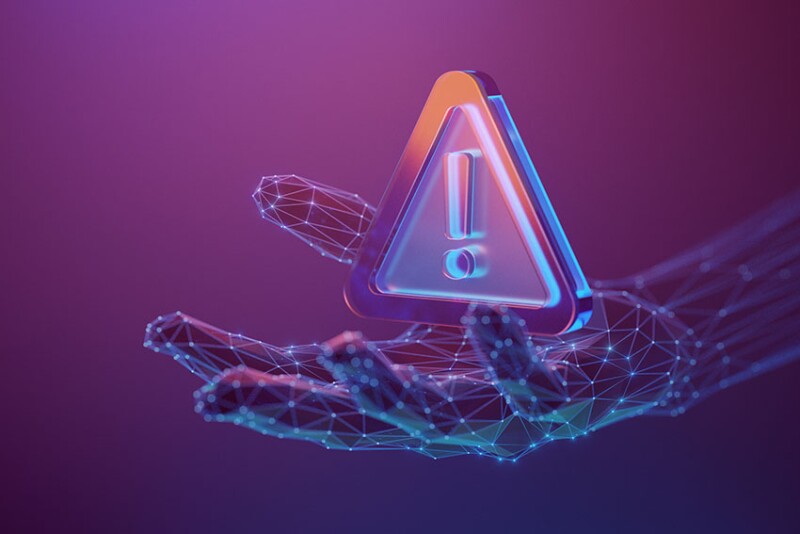As the oil and gas industry becomes more familiar with advanced drilling technologies, it also runs the risk of becoming too loose with its language.

This word of caution comes from John de Wardt, a recognized leader in drilling systems automation and founder of the consultancy De Wardt and Company, who recently published SPE 217754 with a team of other subject-matter experts from across the industry.
In particular, the group of industry colleagues sought to address the overextension of the term autonomous as opposed to automation in reference to various drilling systems and tools.
Presented at last year’s SPE/IADC International Drilling Conference, their paper introduces a new taxonomy for autonomous drilling systems, offering a guide to distinguish between automation and true autonomy. It also highlights other critical concepts, including multi-agent artificial intelligence (AI) and the importance of a “system of systems” approach.
In this Q&A, de Wardt explores the paper’s goals while offering a candid look at where advanced drilling technologies stand today and where they’re headed next.
JPT: What motivated the paper’s authors to develop a new taxonomy for autonomous drilling systems, what gaps were you aiming to address?
John de Wardt: I initiated this by presenting at a Drilling Systems Automation Technical Section (DSATS) monthly meeting about the industry’s use of the word autonomous. I had seen many articles and company publications claiming to describe autonomous systems, but what they were describing were not, in fact, autonomous. I thought the term was being misused.
The presentation received a positive response, which led to the formation of this group and, ultimately, the development of the paper.


